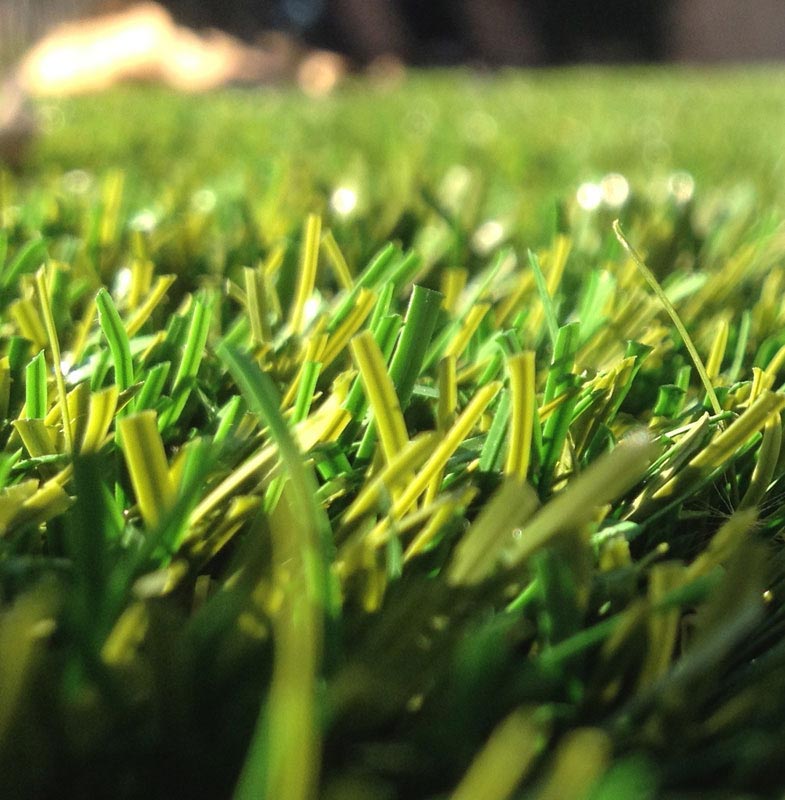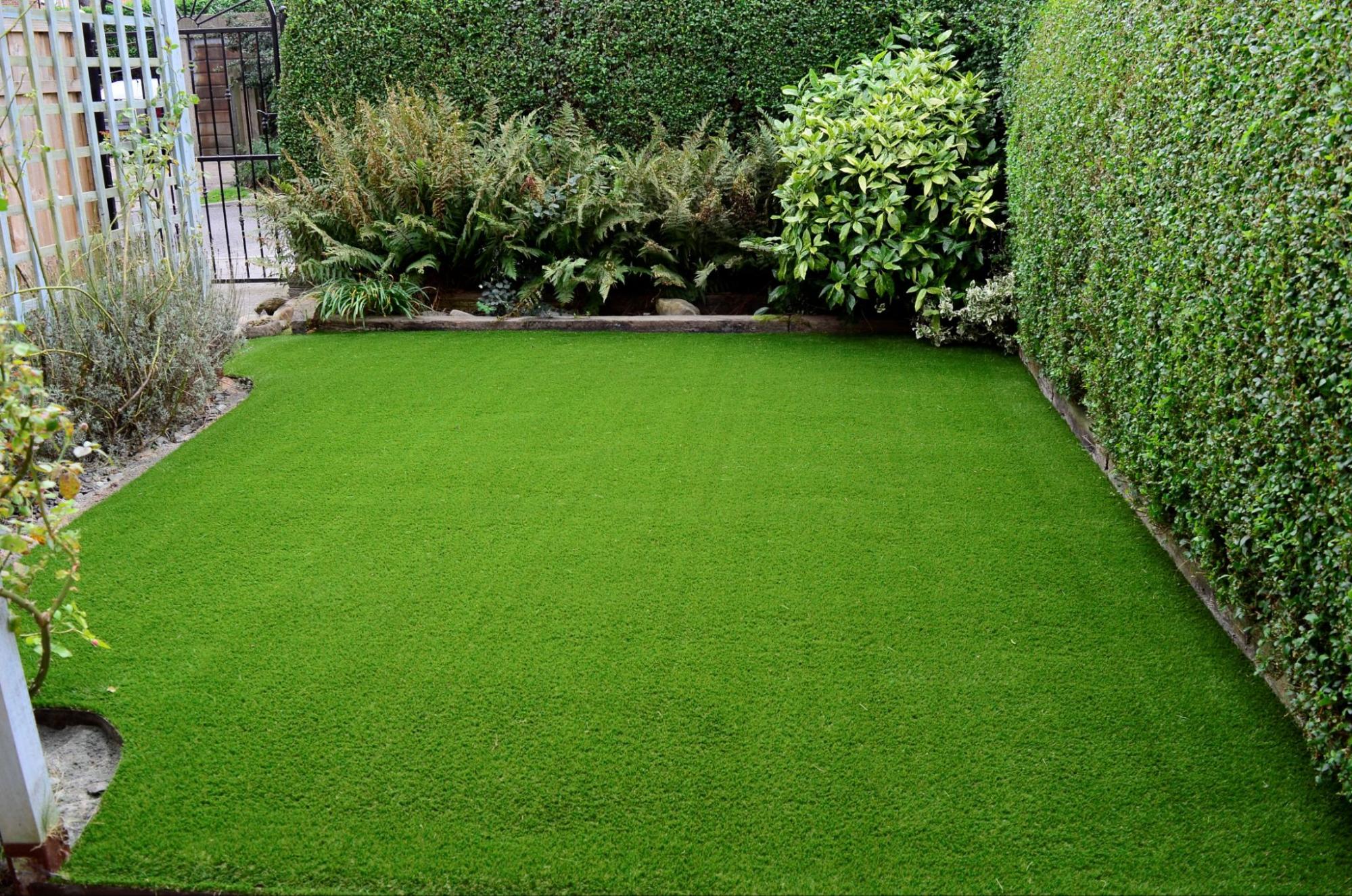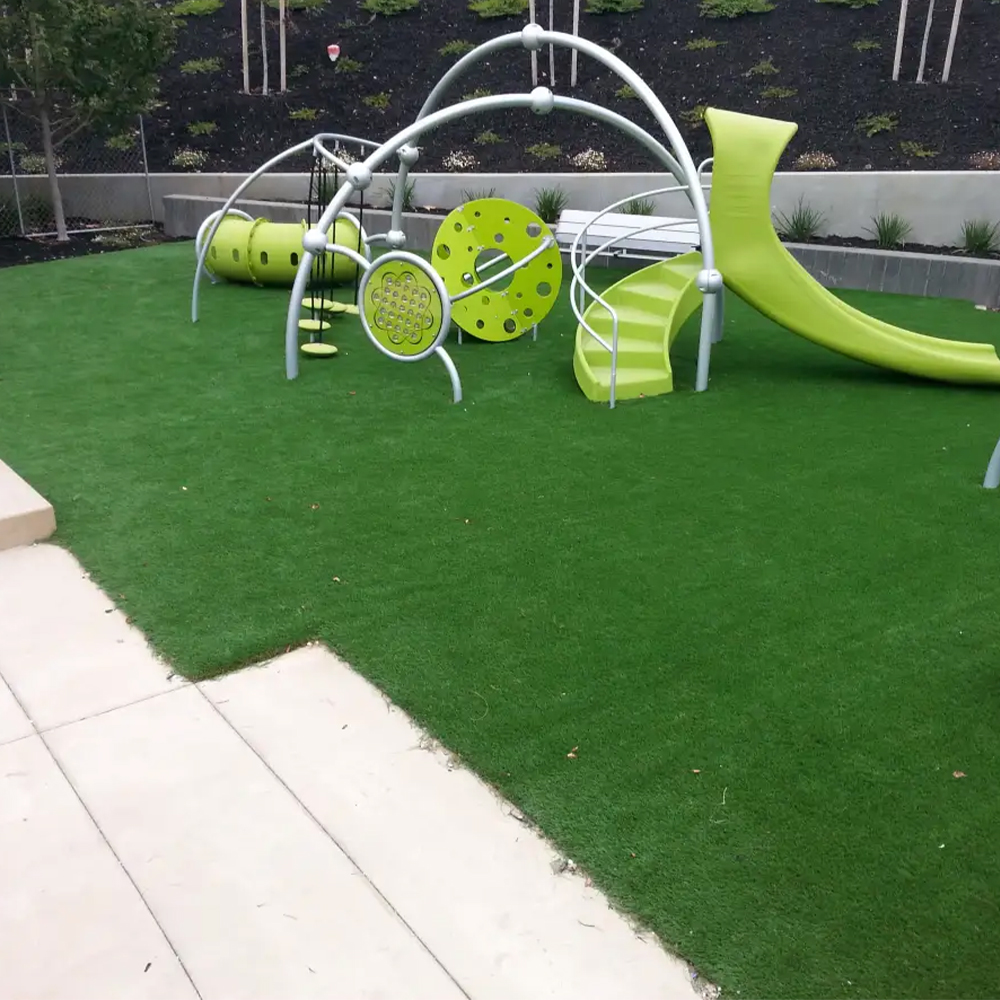Delve Into the Environmental Perks of Opting for Synthetic Grass Solutions
The fostering of synthetic grass solutions offers a compelling opportunity to address pushing environmental obstacles. By dramatically lowering water usage and lessening the application of unsafe chemicals, these choices not only promote sustainable landscape design however likewise protect regional communities. The reduced carbon footprint connected with reduced maintenance tasks adds to an extra sustainable approach to land management. The effects of these advantages extend past mere conservation initiatives, elevating concerns about their long-term influence on habitat preservation and total ecological equilibrium. Exploring these dimensions discloses a complicated interaction worth considering.
Water Conservation Benefits
One of one of the most significant advantages of man-made grass is its capacity to preserve water. Typical lawn yards need considerable irrigation, especially in areas prone to dry spell or water constraints. In comparison, synthetic grass does not require watering, dramatically reducing the total need for water resources. This feature is specifically advantageous in deserts where water deficiency is a pushing worry.
By getting rid of the need for normal watering, synthetic grass adds to lasting landscape practices and assists mitigate the ecological effect of extreme water consumption. In addition, the conservation of water reaches the decrease of drainage, which can result in dirt disintegration and river air pollution.
Furthermore, the installment of man-made lawn allows districts and house owners to allot water resources a lot more successfully, concentrating on important uses such as alcohol consumption water and farming. The change towards synthetic grass not only advertises accountable water usage but additionally aligns with broader ecological goals targeted at maintaining all-natural sources.
As communities progressively prioritize sustainability, the water conservation advantages of artificial grass offer an engaging instance for its adoption in industrial and household landscape design projects.
Decreased Chemical Usage
The transition to synthetic grass considerably reduces the reliance on chemical treatments commonly used in all-natural grass maintenance. Traditional turf administration normally entails the application of fertilizers, herbicides, and chemicals to advertise development and control pests. These chemicals can pose threats to human wellness, regional wildlife, and the setting, adding to dirt and water contamination.
In comparison, artificial grass eliminates the requirement for these damaging substances. By reducing the release of artificial substances into the ecological community, man-made grass advertises healthier dirt and water systems.
Furthermore, the lack of chemical runoff connected with synthetic grass installations assists shield regional rivers from air pollution, supporting water life and keeping biodiversity. Phoenix turf companies. As areas progressively focus on lasting practices, choosing synthetic grass offers a practical remedy that lines up with environmental preservation objectives. Via this shift, property proprietors can appreciate rich environment-friendly rooms without endangering ecological wellness, leading the way for a more sustainable future
Lower Carbon Footprint

Furthermore, the setup of man-made turf can lead to significant water conservation. All-natural grass require substantial amounts of water for irrigation, which not just includes in the carbon impact associated with water removal and treatment however also pressures local water sources. In contrast, synthetic grass requires minimal upkeep, requiring no watering, consequently significantly lowering water usage and its connected power costs.
Additionally, the long life of synthetic grass adds to its reduced carbon influence. With a life-span of up to 15 years or more, the demand for constant substitutes is decreased, leading to less waste and lower power intake in production and getting rid of standard turf options. In general, fabricated turf provides a lasting option for environmentally mindful landscape design.
Habitat Preservation
Habitat conservation is an essential factor to consider in the dispute over landscaping choices, especially when comparing synthetic grass to natural lawn. Natural turf yards typically need comprehensive upkeep, consisting of making use of plant foods, chemicals, and herbicides, which can adversely affect regional ecological communities. These chemicals can seep right into the dirt and waterways, damaging native vegetation and fauna and disrupting neighborhood habitats.
On the other hand, fabricated grass presents an opportunity to lower the environmental footprint of landscape design. By choosing for artificial lawn, house owners can lessen the interruption of natural habitats connected with typical lawn treatment methods. Synthetic grass eliminates the requirement for harmful chemicals, consequently protecting close-by wild animals and keeping the integrity of surrounding ecological communities. The setup of synthetic grass can lead to the conversion of previous yard areas into even more biodiverse landscapes, such as pollinator yards or native plant areas, which can support local wildlife.
Eventually, the transition to synthetic grass not just conserves water and lowers maintenance efforts however likewise fosters a more harmonious partnership between human activities and the natural surroundings, advertising habitat preservation while doing so.
Long-Term Sustainability
Lasting sustainability is a crucial consider reviewing the advantages of synthetic grass over standard turf yards. Among the most significant advantages of synthetic grass is its longevity; it can last as much as 15-20 years with minimal upkeep, whereas natural lawn requires constant reseeding and replacement. This long life decreases the demand for constant sources, such as water, click here for info fertilizers, and chemicals, which are important for maintaining a healthy yard lawn.
In addition, fabricated grass contributes to a reduction in carbon exhausts associated with yard care devices. Typical yards usually need gas-powered lawn mowers, trimmers, and blowers, all of which add to air pollution. Arizona turf. On the other hand, synthetic grass gets rid of the demand for such equipment, advertising a cleaner environment
Additionally, the manufacturing of synthetic grass significantly utilizes recycled products, enhancing its sustainability account. As makers take on environment-friendly techniques, the environmental footprint of synthetic grass proceeds click reference to reduce.

Conclusion
The adoption of synthetic grass services provides considerable environmental advantages, including substantial water conservation, minimized dependence on unsafe chemicals, and a lower carbon impact. Furthermore, synthetic grass help in protecting natural habitats by minimizing land disruption and advertising long-lasting sustainability through using durable products. Collectively, these variables underscore the capacity of man-made turf to add positively to environmental wellness and provide a viable choice to conventional landscaping techniques in a progressively resource-conscious world.
In comparison, synthetic lawn does not need watering, considerably lowering the general demand for water sources. By lessening the click launch of synthetic substances into the community, fabricated turf advertises healthier dirt and water systems.
Additionally, the installment of synthetic lawn can result in substantial water preservation. In comparison, synthetic lawn needs very little upkeep, requiring no watering, consequently significantly minimizing water use and its connected power prices.

Comments on “Get a Ideal Lawn with Arizona Artificial Turf for Any Outdoor Space”